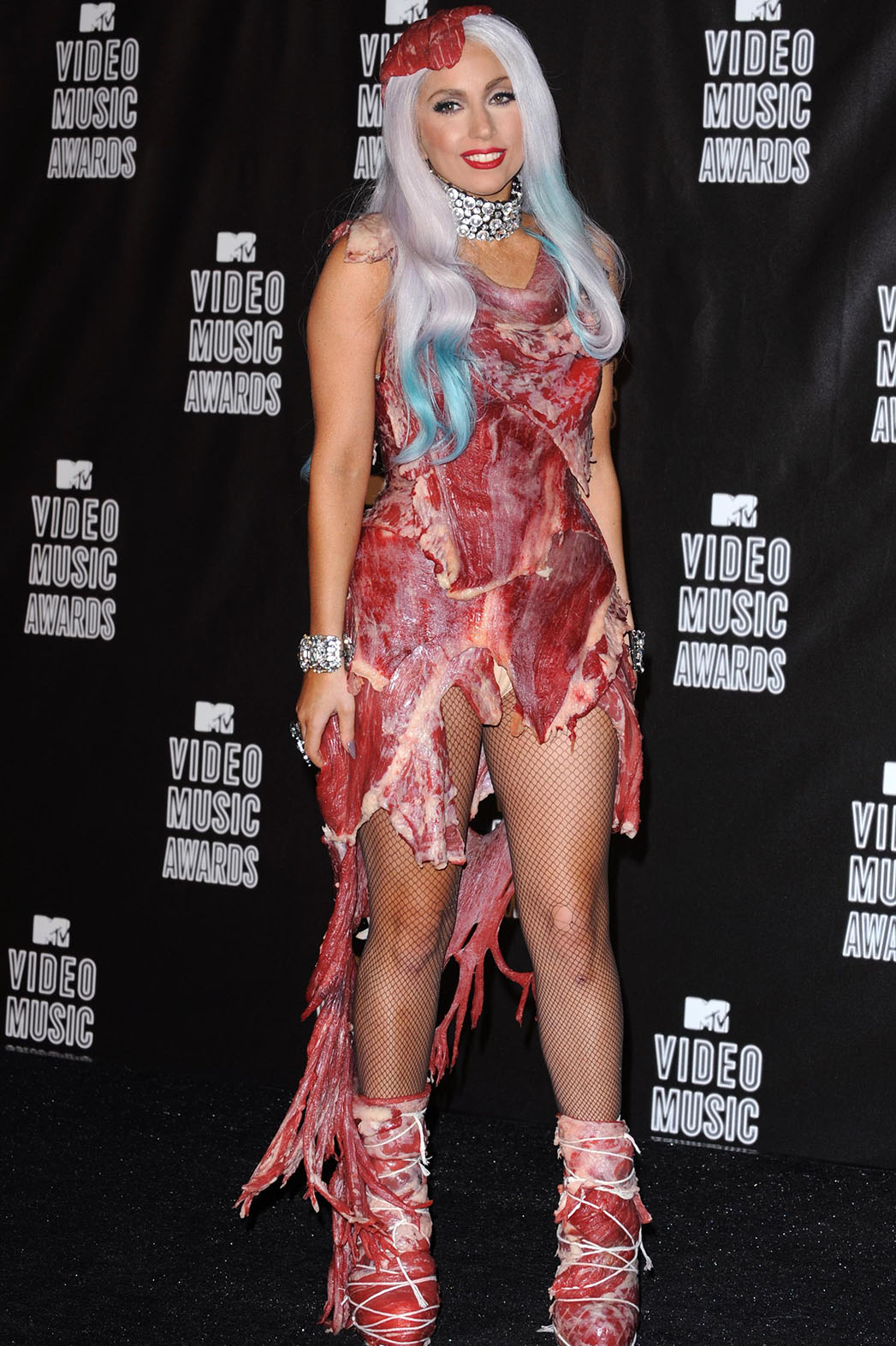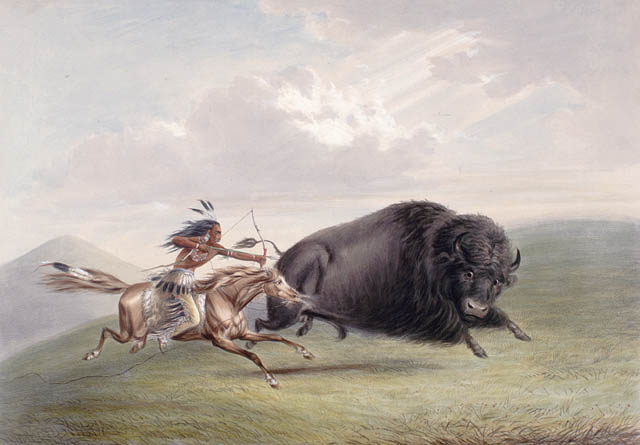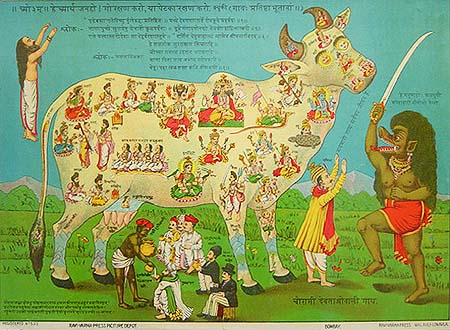Lady Gaga’s Meat Dress – Wearing Food as Fashion

In Moschino’s Spring/Summer 2020 collection, designer Jeremy Scott had models walk down the runway in lavish, multi-layered cakes and petit-fours. Inspired by Marie Antoinette, The New York Times took up the phrase ‘Let them wear cake!’ and quoted Scott’s concerns about “how stretched and tenuous the idea of democracy has become.” He explained that our times reminded him of pre-revolutionary France, with all its decadence and excessive wastefulness. In order to raise questions about privilege, elites and the distribution of wealth, Scott turned to food. Since the dresses were made of simulations of real cakes and were not edible, his invocation of food to make a point, however, pales in comparison with an outfit that is as memorable as it is provocative: Lady Gaga’s meat…



